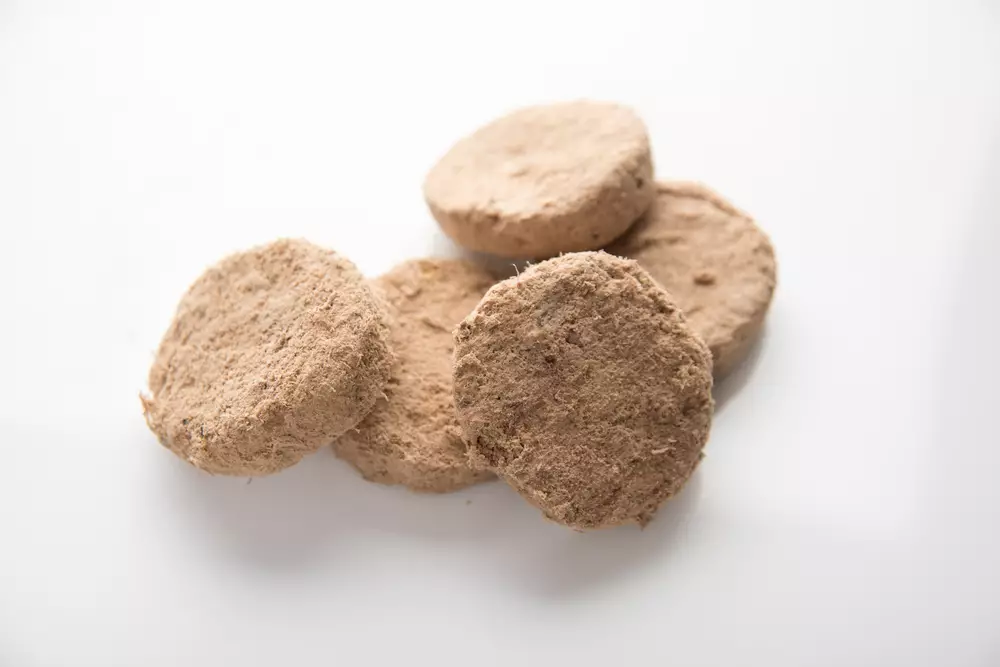With the growing awareness of pet health, dog owners are often inundated with choices when it comes to feeding their beloved companions. Among the most popular options are freeze-dried dog food and traditional kibble. Both methods create a diet for dogs but differ significantly in processing, nutrition, and practicality. As pet owners prioritize their dogs’ health and well-being, understanding the key differences can lead to more informed choices.
Exploring Freeze-Dried Dog Food
Freeze-dried dog food is a relatively revolutionary approach within the pet food industry. The process involves removing moisture from raw ingredients while preserving their essential nutrients at exceptionally low temperatures. The result is a lightweight, easy-to-store nutrient-dense option that mimics a dog’s natural diet. The benefits of freeze-dried foods are manifold.
First and foremost is the nutrient retention. In contrast to conventional cooking methods, freeze-drying ensures that the majority of nutrients remain intact. This preservation allows dogs to enjoy the benefits of whole, raw ingredients, which deliver protein and vital vitamins that are closer to what they would consume in a wild setting. For dogs with specific dietary needs, this can be crucial.
Additionally, freeze-dried foods boast a long shelf life without the need for preservatives. This makes them an ideal choice for long-term storage and travel, ensuring that nutrition doesn’t compromise freshness. However, many owners grapple with the requirement of rehydrating this food before serving, which can be mildly inconvenient compared to the straightforward pour-and-serve nature of other options.
A significant drawback, however, is the cost. Freeze-dried dog food typically ranges from $25 to $50 per pound, making it a hefty investment in the realm of pet food. While many premium brands deliver high-quality products, the price can deter budget-conscious consumers who still want to provide their pets with the best nutrition available.
The Kibble Convenience
On the other end of the spectrum lies traditional dry dog food, commonly known as kibble. This product is created through a process of cooking ingredients under high pressure and temperature, which shapes the food into familiar bite-sized nuggets. While this cooking method can streamline food production, it also raises questions regarding nutrient preservation.
One of the most significant advantages of kibble is its convenience. Kibble is easy to measure, serve, and store, catering to the fast-paced lifestyles of many pet owners. The crunchy texture of kibble offers a practical benefit in promoting dental health, helping to reduce tartar build-up while dogs chew their meals. Moreover, the high heat and pressure processes render kibble shelf-stable, allowing it to last for an extended period without refrigeration.
However, the production of kibble does not come without its downsides. Due to the high temperatures used in production, some nutrients may degrade. Manufacturers often supplement these losses with added vitamins and minerals, but the quality can vastly differ from one brand to another. This variability raises concerns, especially when budget brands may rely on fillers like corn and soy, detracting from the overall quality of nutrition provided.
Nutritional Comparison of Freeze-Dried and Kibble
When comparing nutritional content, freeze-dried dog food usually shines in retaining protein levels and natural enzyme vigor. Dogs can often absorb nutrients more efficiently from higher-quality freeze-dried options, which may lead to reduced waste in their stool. Conversely, not all kibble is created equal; while premium kibble brands may deliver a balanced diet, cheaper alternatives can result in dogs consuming unnecessary fillers, leading to indigestion.
For dogs with allergies or specific dietary restrictions, freeze-dried products can be exceptionally beneficial because they typically use limited ingredients free from grains or common allergens. In contrast, some kibbles may contain potential irritants, exacerbating existing health issues.
Choosing the Best Fit for Your Dog
Ultimately, the decision between freeze-dried and kibble boils down to personal preferences, budget constraints, and the unique dietary needs of your dog. Freeze-dried food may offer a nutrient-rich alternative that closely resembles a wild diet but poses a higher cost. Kibble presents unparalleled convenience and affordability but could compromise on quality depending on brand choice.
As pet owners, it’s essential to assess your dog’s health and consult with a veterinarian to determine which option aligns best with their nutritional requirements. Making informed decisions can lead to a happier, healthier life for your canine friends, reflecting our deep commitment to their well-being and happiness.

